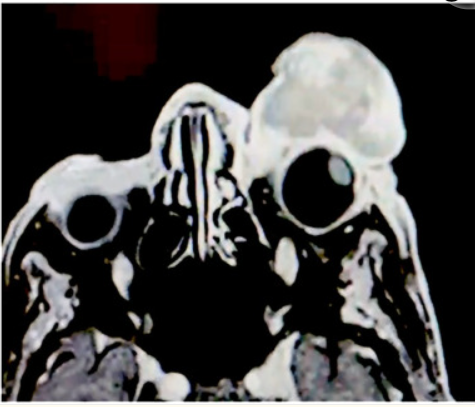
In a retrospective review of XEN stent implantation published in International Ophthalmology by Symeon Nicolaou, M.D., and colleagues from Colchester Eye Centre of Excellence in East Suffolk and North Essex NHS Foundation Trust, authors found that XEN stent implantation appears to be a safe and effective treatment option for a range of glaucoma types.
The study’s outcomes included changes in intraocular pressure (IOP) and medication usage over time, as well as resulting complications. The statistically significant findings supported the researchers’ assertion of the procedure’s effectiveness and safety.
In their review, the authors analyzed case notes of 186 XEN implantations from 143 total patients, as performed by a single surgeon over a 24-month period. They then compared preoperative IOP and medication usage to IOP and medication usage at six months, 12 months, and 24 months after implantation.
While the authors separated stand-alone XEN procedures and XEN procedures combined with phacoemulsification for subgroup analysis, they did not find significant differences in IOP outcomes. However, the authors noted a “significant difference between the two groups preoperatively.”
Analysis of the included procedures revealed a preoperative IOP of 18.1 mmHg (standard deviation [SD] ± 5.77) with a postoperative IOP of 13.2 mmHg (SD ± 3.9) at six months, 13.7 mmHg (SD ± 5.6) at 12 months, and 12.6 mmHg (SD ± 3.1) at 24 months. Comparison of preoperative IOP with IOP up to 12 months post-surgery was statistically significant (p < 0.0001), while comparisons at 18 and 24 months also reached statistical significance, to a lesser degree (p < 0.05).
Medication usage also lessened over time, from a value of 2.5 (SD ± 1.1) preoperatively, 0.7 (SD ± 0.9) at six months, 0.8 (SD ± 0.97) at 12 months, and 1.7 (SD ± 1.7) at 24 months. Results from the analyses comparing medication usage were all statistically significant (p < 0.05).
The most commonly observed complication in the study was initial hypotony, appearing in 75 cases (40%). Other complications included nine cases of hypotonous maculopathy, three cases of persistent choroidal effusions, three cases of IOP spikes, one case of cyclodialysis cleft, and one case of corneal decompensation. Needling was also administered in 25 cases (13%) during treatment.
The outcomes of the study suggest that the XEN implant is an effective option for reducing IOP in and medication usage in glaucoma cases. However, they noted that more research is needed to examine MIGS when combined with cataract surgery, as well as to determine the most effective combination for glaucoma treatment plans.







 © 2025 Mashup Media, LLC, a Formedics Property. All Rights Reserved.
© 2025 Mashup Media, LLC, a Formedics Property. All Rights Reserved.